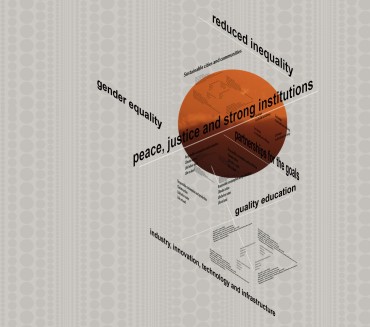1. Introduction. – 2. Accessibility of a journal. – 3. Basic elements of submission’s assessment criteria. – 4. Journal’s communication of their assessment criteria, decision-making process and tools applied. – 5. Conclusions.
Background: The paper addresses the challenges faced by authors when submitting their work to high-impact journals. It highlights the most common issues authors experience in their preparation for submission, the submission process itself, and the subsequent acceptance or rejection of papers submitted to Q1 and Q2 domestic journals. The difficulties reported by the researchers embrace the issue of rejection reasons as well as the quality of communication from journals. The latter has been addressed by analysing the way and the context in which Q1 and Q2 domestic journals communicate their requirements for submission, their decision-making processes, and the guidelines provided for preparing a manuscript prior to submission.
Methods: The results of the research were obtained through the application of content analysis. It presupposed the formation of the corpus of illustrative material consisting of texts disclosed on journals' websites related to the submission and decision-making processes. The criterion for analysis was the presence or absence of assessment criteria disclosed by high-impact journals (Q1, Q2) to assess their adherence to principles of “transparency” and “accessibility” for authors.
Results and Conclusions: The issues identified by the authors in the questionnaire were addressed by highlighting the most common issues encountered when submitting manuscripts. The guidelines for authors were explained in terms of the basic elements that embody the major criteria for assessment, namely relevance, quality, ethics and integrity. These elements were presented in a table for quick reference, which potential authors can apply before submitting their papers to their chosen high-impact journal. Moreover, a list of other potential issues was provided as an extra reference for authors. To conclude, not all the journals analysed communicated the full range of information requested by authors, so in this respect, the communication of the decision-making process is somewhat complicated and thus potentially unclear for authors.

